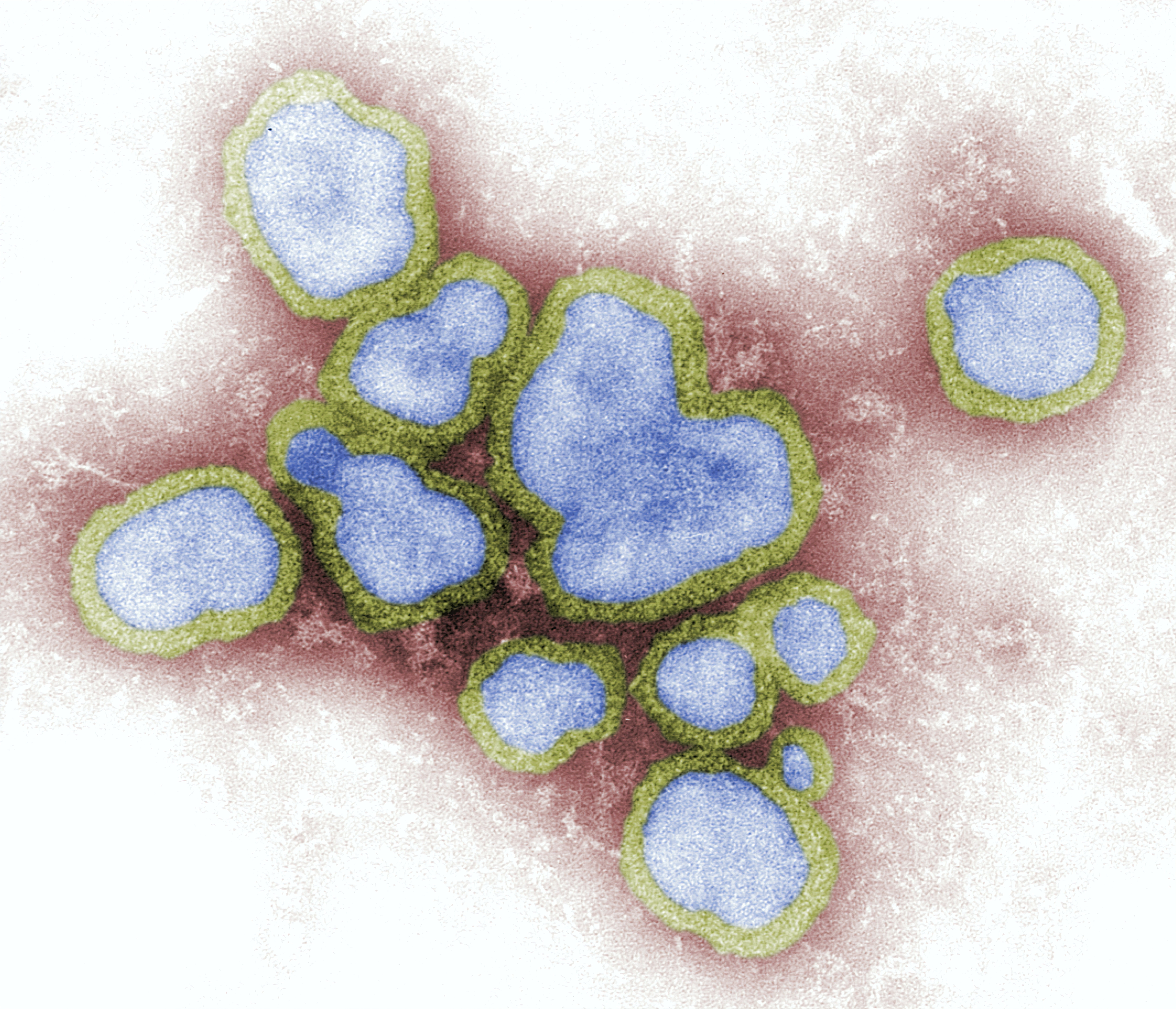Experimenting With Disaster, Part 3
By Mara Hvistendahl,
The Intercept
| 11. 01. 2022
High Containment: Lab That Created Risky Avian Flu Had “Unacceptable” Biosafety Protocols
Part 1; Part 2
IT STARTED WITH a bold idea. “Someone finally convinced me to do something really, really stupid,” virologist Ron Fouchier told Scientific American in 2011. Fouchier, of Erasmus Medical Center in Rotterdam, and another scientist, Yoshihiro Kawaoka of the University of Wisconsin–Madison, had separately tweaked the H5N1 virus — an influenza that primarily infects birds — in a way that made it spread more easily in ferrets. H5N1 is a prime pandemic candidate, and ferrets are often used as proxies for humans in flu experiments. When word got out that the two scientists were planning to publish papers detailing their experiments, making a blueprint available to the world, the outcry was extreme. The scientists were trying to better understand H5N1 in order to prevent a pandemic, but critics worried that their experiments could instead cause one — or provide would-be bioterrorists with an outbreak manufacturing guide.
The New York Times ran an editorial titled “An Engineered Doomsday.” The backlash was so severe that in 2012, Kawaoka, Fouchier, and other prominent flu scientists voluntarily agreed to pause the transmissibility work...
Related Articles
By Jonathan Matthews, GMWatch | 12.11.2025
In our first article in this series, we investigated the dark PR tactics that have accompanied Colossal Bioscience’s de-extinction disinformation campaign, in which transgenic cloned grey wolves have been showcased to the world as resurrected dire wolves – a...
By Jessica Hamzelou, MIT Technology Review | 11.07.2025
This week, we heard that Tom Brady had his dog cloned. The former quarterback revealed that his Junie is actually a clone of Lua, a pit bull mix that died in 2023.
Brady’s announcement follows those of celebrities like Paris...
By Lauran Neergaard, AP News | 11.03.2025
WASHINGTON (AP) — The first clinical trial is getting underway to see if transplanting pig kidneys into people might really save lives.
United Therapeutics, a producer of gene-edited pig kidneys, announced Monday that the study’s initial transplant was performed successfully...
By Meagan Parrish, PharmaVoice | 10.10.2025
When CEO Ben Lamm steps into the spotlight, it’s usually to talk about his efforts bringing extinct animals back to life. Once a far-flung idea, Lamm and the company he heads, Colossal Biosciences, have proven they can pull it off...




